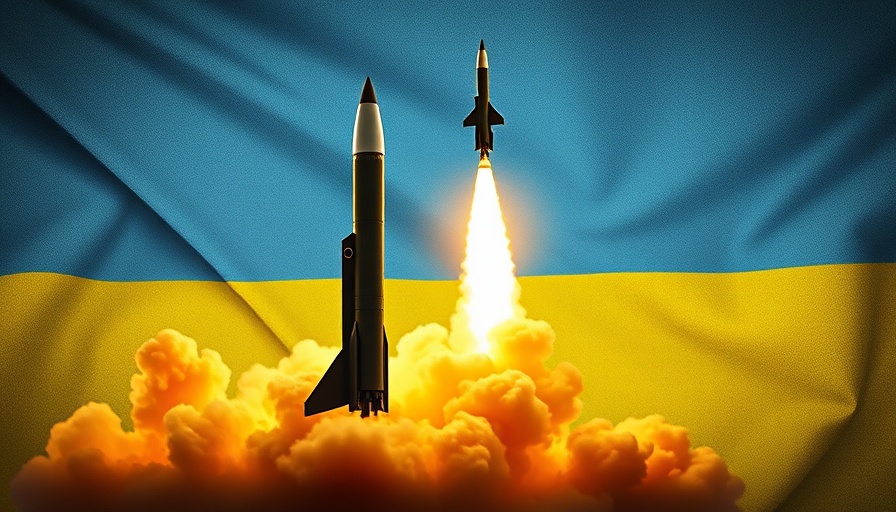
Trump’s Unexpected Pause: A Shift in U.S. Military Aid to Ukraine
In a shocking move, President Donald Trump has paused U.S. military aid to Ukraine, citing frustrations from a recent tense meeting with Ukrainian President Volodymyr Zelensky. This decision raises questions about the future of U.S.-Ukraine relations and the ongoing conflict with Russia, which has seen U.S. support as critical since its invasion began in February 2022.
What Led to the Aid Suspension?
During an Oval Office meeting last week, Trump's irritation boiled over following what he perceived as disrespectful conduct from Zelensky. The president announced that all shipments of military equipment not yet in Ukraine would be frozen until he receives a commitment from Ukraine to pursue peace negotiations. This pause is strategic, designed to leverage pressure on Kyiv amid an increasingly complex international landscape.
The Implications of Stopping Military Aid
Analysts warn that pausing military assistance could have dire consequences for Ukraine's military capabilities. The U.S. has been a major supplier of military equipment, providing sophisticated arms essential for Ukraine's defense against Russian aggression. Mark Cancian, a senior adviser, described the potential impact as "crippling," suggesting that Ukraine's ability to sustain its current military operations could diminish drastically, potentially leading to severe losses on the battlefield.
Reactions Across the Political Spectrum
The announcement has triggered mixed responses from political leaders in the U.S. Republican members of Congress are divided; some support Trump's stance while others, like Senator Susan Collins, vehemently oppose the suspension, stating that Ukraine deserves continued backing as it battles for its sovereignty. Critics from various political leanings argue that this shift could embolden Russia, undermining the stability of the region and diminishing U.S. credibility among its European allies.
What’s Next for Ukraine?
As Ukraine grapples with losing substantial military aid, it becomes increasingly reliant on alternative support systems, including their own defense production capabilities and assistance from European countries. However, without U.S. support, experts predict that Ukraine's military could falter significantly within a few months. During this time, Europe will need to ascertain whether it can adequately fill the gap left by U.S. aid, especially with complex military logistics at play.
The Bigger Picture: A New Approach to Foreign Relations?
Following Trump's decision, many question whether this indicates a broader shift in U.S. foreign policy—a potential pivot towards negotiation with Russia at the expense of crucial international alliances. The implications of these decisions extend beyond Ukraine, potentially redefining how the U.S. engages with allies and adversaries alike. As reactions continue to unfold, the focus shifts to how nations respond to this evolving political climate, weighing the balance of military aid against the necessity for peace.
### A Call to Action: Stay Informed and Engage
The international community watches closely as these developments unfold, underscoring the importance of remaining informed and engaged in discussions on global stability and defense strategies. As the future of U.S. military aid hangs in the balance, understanding varying perspectives can help foster a more informed dialogue.
 Add Row
Add Row  Add
Add 




 Add Row
Add Row  Add
Add 



Write A Comment